How do Interest Rates Affect the Price of Gold and Silver?
29/11/2023Daniel Fisher
Free & fully insured UK Delivery. Learn more
Secure & flexible payments. Learn more

Buyback Guarantee Learn more
With the Bank of England raising rates aggressively between late 2021 and 2023, many UK investors have steered clear of gold. The thinking is – why buy metals that pay no interest when yields on cash are climbing? On the surface, this makes sense.
If interest rates were to rise, then its understandable that the appeal of bonds and savings accounts should go up and demand for physical assets go down. In reality, however, there is no real statistical evidence to support this always being the case. This is because there are many other factors that drive the prices of gold.
While rising rates may dampen demand for gold and other precious metals, simultaneous elements may increase demand. It highlights how multiple influences are at play in determining gold’s appeal. Not only that, but gold’s price isn’t just determined by demand, but also by supply and the impact of currencies.
Sure, higher yields on savings may dim interest among some investors. But inflation concerns, market volatility, geopolitics, and industrial demand also sway metals markets. Their influence can outweigh the rate of moves.
So, what does this mean for precious metals exposure in your portfolio? As economic winds shift, the strategic investor stays nimble. Keep an eye on policy and price signals. Be ready to allocate tactically as rates and other dynamics evolve.
In this article, we’ll help you explore gold’s complex relationship with interest rates so you can navigate today’s monetary landscape more easily.
Many investors assume rising rates spell doom for precious metal prices. After all, higher yields make fixed income look more attractive compared to non-yielding gold. Seems sensible enough.
Yet the market data tells a different story. Based on the past 50 years, interest rates only have a 28% correlation to gold prices. This mild inverse relationship was even weaker prior to the 1970s monetary policy changes.
Clearly, there’s more at play than a simplistic 1:1 cause and effect. Gold doesn’t exist in a vacuum. As a complex asset, its price responds to a diverse mix of economic, political, and psychological forces. Rates play a role but are far from the sole determinant.
In some cases, gold prices have climbed even as interest rates rose. After the Federal Reserve raised rates in March 2022, the price of gold surged to its highest level in over a week. This was perhaps an example of where sentiment has a stronger impact on demand than technical factors such as interest rates. Anticipation of stubborn inflation combined with rapidly rising interest rates, stoked fear of a significant global recession. Gold appealed as a safe haven, initially benefiting from this dynamic and the gold price rose accordingly.
This goes against traditional theories on how rates and precious metals relate. The textbook view is that rising rates should steer investors toward yield-bearing assets and away from non-yielders like gold. But real-world evidence suggests it’s not so simple.
In the latter half of 2023, demand for gold dwindled with interest rates at a peak and investors happy to receive high interest on cash savings and fixed income investments.
Rising rates don’t automatically drag gold prices down. The real picture involves many moving parts. Investor outlooks grounded in wider conditions can override rate considerations. Fears of inflation may actually lift gold if hikes seem inadequate to control prices. Geopolitics and global growth prospects factor in too.
The lesson is real-time rate/metal relationships aren’t so straightforward. Savvy analysts say context is key. Blindly following generalisations can misguide investment strategies. Nuance and knowing the broader landscape matter more when gauging correlations.
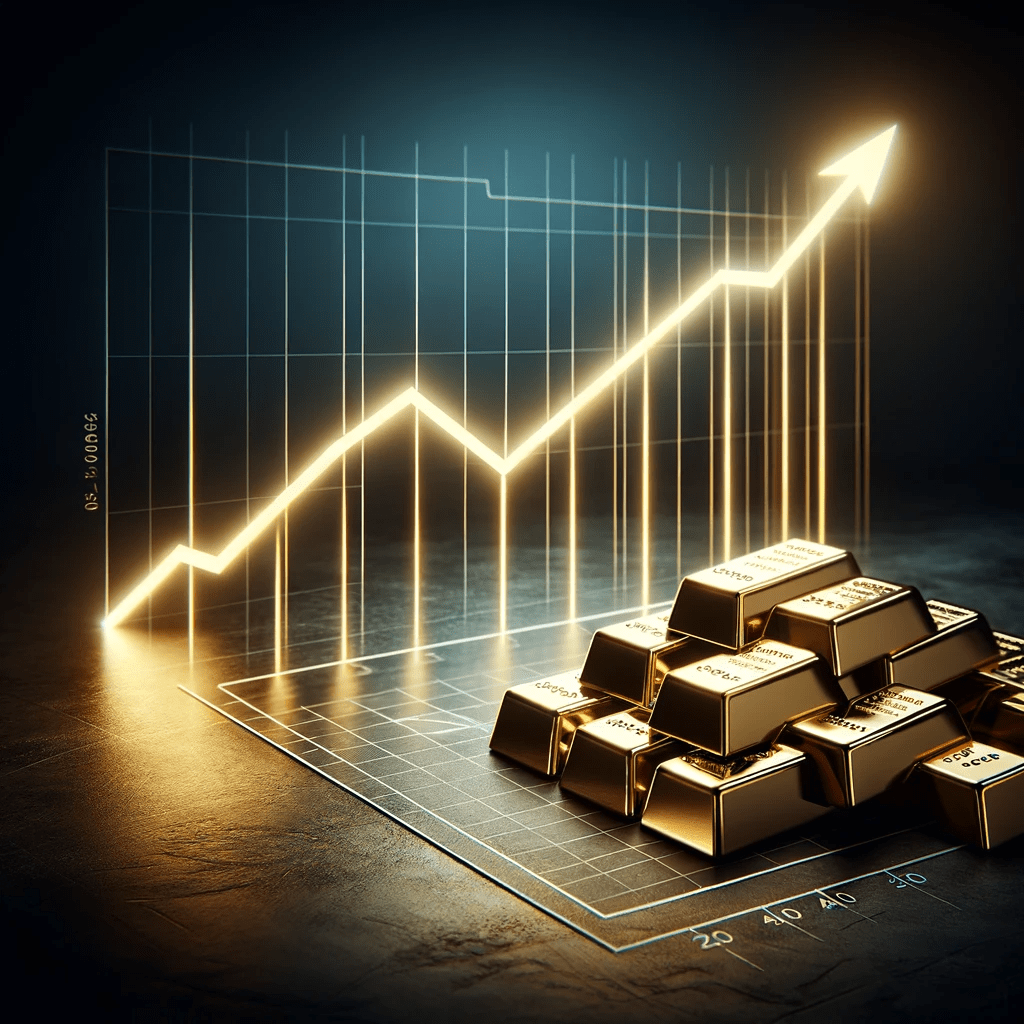
Traditionally, gold prices often decline when rates rise. This is due to higher yields on fixed-income assets like bonds, diminishing the appeal of non-yielding metals.
Rising rates don’t guarantee falling gold prices. Inflation expectations play a key role. If rates aren’t seen as keeping pace with inflation, metals can rise as investors seek shelter from currency devaluation. Geopolitics also influences prices independent of yields. Additionally, metals can rally if a hike is already priced in before implementation.
Statistics demonstrate gold reactions to rising rates are far from one-dimensional. While higher yields may dampen prices initially, metals often recover over longer-term horizons. This highlights the importance of nuanced analysis incorporating investor sentiment, economic contexts, and investment portfolio allocation strategies. An agile approach is prudent.
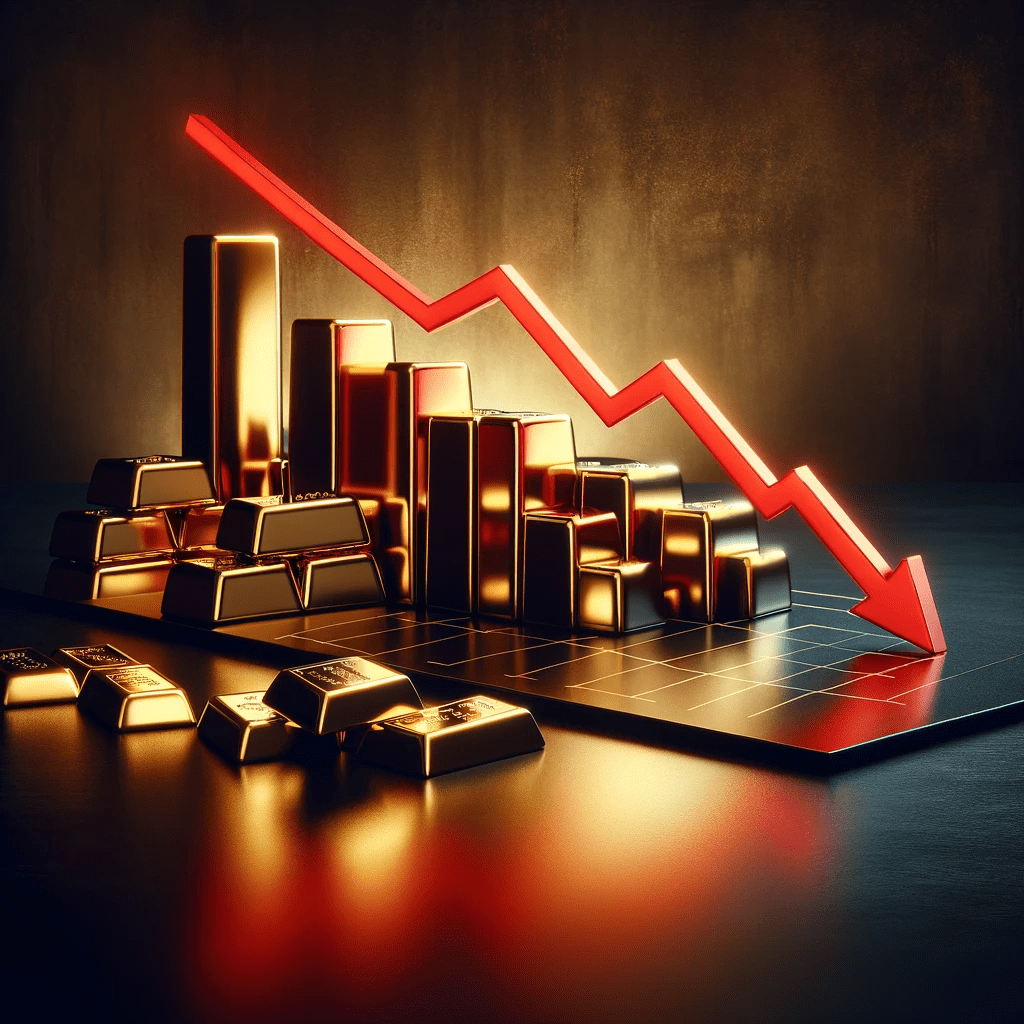
Dropping rates reduce yields on bonds and other fixed-income assets. This enhances the relative appeal of non-yielding gold to investors seeking returns.
However, reasons behind rate cuts also factor in. If rates fall to combat economic weakness, risk aversion may rise, lifting gold’s safe-haven appeal. But rate cuts meant to stem runaway inflation could decrease metal’s inflation hedge appeal if effective. The underlying causes and investor perceptions ultimately drive reactions.
The timing and magnitude of the rate moves matter as well. Precious metals often react most strongly to initial rate cuts rather than incremental decreases. And gold can gain ahead of anticipated cuts, then lose steam once implemented. As with hikes, investor expectations colour the real-time relationships between falling rates and metals prices.
Don’t forget that the gold price is influenced by both demand and supply. Higher interest rates may well reduce overall investment demand for gold. However, if supply also falls, then it’s possible the price of gold sustains its level or even appreciates. The constant jostling of supply factors can influence the relationship between the gold price and interest rates.
On one hand, higher interest rates mean that homeowners and borrowers in general, have rising costs as increased rates feed into their monthly payments. Interest rate rises are designed to reduce the public’s spending power and as such cash flow can become a challenge for many. In this situation it’s common for holders of gold to be forced to sell their holdings to create cash flow, flooding the gold market with supply and consequently pushing gold prices down further.
Conversely, despite major central banks receiving increased returns on a stronger Dollar during periods of higher interest rates, there remains the general transition towards gold bullion. The desire for central banks such as Russia and China to rely less on keeping their reserves in Dollars, has witnessed a continuation of the shift into gold, thus keeping supply lower. As a consequence, this has mopped up supply and supported gold prices to a certain degree.
Analysing interest rates as a singular figure can oversimplify the reality of its impact on the price of gold. Unlike during the gold standard, different interest rates are set around the world by various central banks. These range from the US Fed Reserve and the European Central Bank (ECB), to The People’s Bank of China (PBOC) and the UK’s Monetary Policy Committee (MPC).
As already covered, rising interest rates in general will theoretically reduce demand for gold. But the price of gold in a particular country or jurisdiction will also be impacted by currency exchange rates.
The gold price is most closely related to the value of US Dollars and is then converted to other currencies by applying the exchange rate of the two currencies involved. It’s likely that interest rates around the world will move up and down at different paces and are never in perfect unison. Afterall, factors determining interest rates will vary in each jurisdiction.
If US interest rates rise at a faster pace then UK rates, then it’s likely that the US Dollar will appreciate against the Pound. In the US, the rapidly rising rates will likely push gold prices down for those buying in USD.
However in the UK, even if interest rates are rising, if the rate of increase is slower than that in the US, then the British Pound will fall in value versus the US Dollar, pushing gold prices up for UK buyers. In this way, it’s not uncommon to see gold prices increase in a country, even when interest rates are rising and the underlying price of gold in US Dollars is falling.
Free ultimate guide for keen gold investors
Gold has long provided shelter from inflation for savvy investors. Their inherent value as precious metals offers an alternative store of wealth as rising prices erode the purchasing power of fiat currencies over time.
This vital inflation hedge role becomes even more prized during high inflationary periods prompted by overly accommodative monetary policy and interest rate environments. When rates are kept artificially low, inflation can rapidly escalate.
If interest rates fail to keep pace with runaway price increases, negative real interest rates can arise. This dynamic significantly diminishes inflation-adjusted yields on fixed-income assets. In this environment, gold shines as a destination for investors seeking to protect their wealth from the debasing effects of uncontrolled inflation.
Hyperinflation in countries like Venezuela is likely to drive citizens of the country to invest their cash savings in commodities that will hold their value, like gold.
This serves as a warning to everyone to keep an eye on the direction of inflation in their own countries, as what appears to be relatively stable conditions can change quickly if confidence turns.
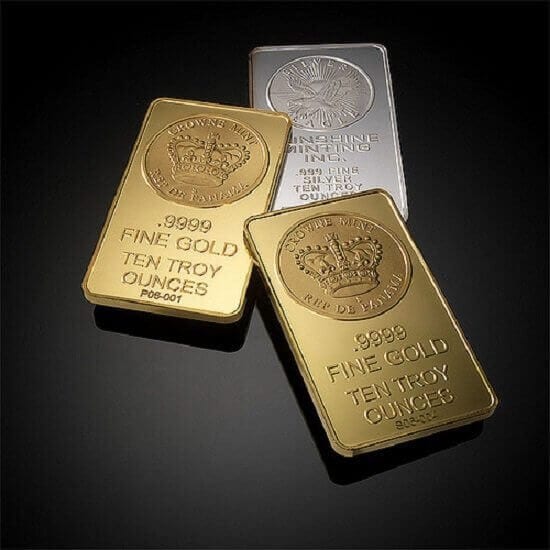
Gold and silver ten oz. bullion bars
Major economic or political events can rattle investor confidence and shake up gold prices. For instance, Brexit sparked waves of uncertainty about the UK’s future outside Europe. As questions mounted around impacts on trade, business investment, and currency stability, investors sought safe-haven assets to hedge the risks. Precious metals offered shelter from the gathering storms, buoying prices amid the turmoil.
Another factor that has a big influence on gold prices is the performance of the stock market. If the stock market is underperforming or has declined significantly, then one of the first investments people tend to turn to is gold.
Informed investors approach building precious metals exposure strategically. They weigh interest rate trajectories along with other macroeconomic conditions when assessing entry points and portfolio allocations.
Outlooks for central bank rate hikes provide clues on opportune times to establish or expand gold positions. Scaling into allocations methodically on interim price dips can pay off in the long run if rises are forecasted down the road. However, precious metals play key strategic roles as portfolio diversifiers and shelters against inflation regardless of the rate environment. Their returns hold a low correlation to most other asset classes, providing ballast when stocks and bonds decline.
Ideal allocations depend on an investor’s risk tolerance, time horizon, and other holdings. But maintaining an overall balanced approach is prudent. Useful rules of thumb suggest keeping gold below 10% of a portfolio on average. Tactically increasing this when economic risks seem elevated can pay off, but metals should complement rather than overwhelm.
Dollar-cost averaging into positions over time helps smooth out price volatility. This steady approach takes emotion out of decisions. Automatic monthly purchases are one effective form of dollar-cost averaging. Topping up allocations on pullbacks also takes advantage of metal price movements without trying to time markets precisely.
For investors new to buying physical gold, specialist dealers likePhysical Gold offer invaluable guidance to inform decisions and execute purchases. Our expertise helpsnavigate the intricacies of these asset classes.
At Physical Gold, we understand shifting macro conditions and price drivers, providing context to help investors identify opportune entry points and portfolio allocations. We also offer a wide range of investments suitable for all investors, includinggold bars andtax-exempt gold bullion coins.
For more information on our services and how we can help you,please give us a call on 020 7060 9992.
Traditionally, there has been an inverse relationship between interest rates and gold prices. As rates rise, the yields on fixed-income assets like bonds become more attractive. This can reduce gold’s appeal since it provides no yield. Investors may shift allocation away from non-yielding gold into higher-yielding investments when rates rise. However, this relationship has exceptions. If inflation is high, gold may rise with rates as an inflation hedge. The macro context is key in interpreting how rising rates impact gold.
There are no universal rules on ideal gold portfolio allocations. It depends on an individual’s risk tolerance and investment goals. But many experts suggest keeping gold below 10% of total assets on average as part of a diversified portfolio. More aggressive investors may allocate up to 20% to gold. Personalised professional advice is prudent rather than rigid targets. The core principle is that gold should complement your other holdings, not overwhelm them.
Silver prices often follow gold’s lead, with high interest rates suppressing demand of non-yielding assets like precious metals. If sustained high rates squeezes public spending to the point of recession, then it’s possible that gold would then be sought as a safe haven, while silver continues to suffer as a less natural hedge. If interest rate hikes lag inflation, negative real rates can arise, igniting metals.
Historically, gold has performed well during economic downturns and recessions as investors flock to it as a safe haven asset. Its price tends to rise when uncertainty strikes. This is because gold is seen as a store of value uncorrelated to stocks and broader markets. However, gold won’t necessarily prosper in all recessions. The depth and causes of the downturn also play roles. But gold’s safe haven status makes it a prudent portfolio allocation during times of crisis.
There is no universally ideal time to buy gold, but monitoring economic indicators can help spot favourable entry points. Factors like interest rates, inflation, GDP growth, and geopolitical risks all influence gold’s appeal. Long-term strategic investors may use dollar-cost averaging rather than try to time purchases perfectly. Working with a specialist who understands macro conditions and gold drivers is wise. They can advise on allocations aligned to your needs and outlooks.
Downsides of gold investment include no yields, storage/insurance costs, and liquidity challenges. Gold often exhibits high price volatility, too, requiring steady nerves. It’s also important to maintain diversification and not overweight gold relative to other assets. Specialist advisers can provide guidance on mitigating these disadvantages through strategic portfolio construction and tactical allocation adjustments over time.
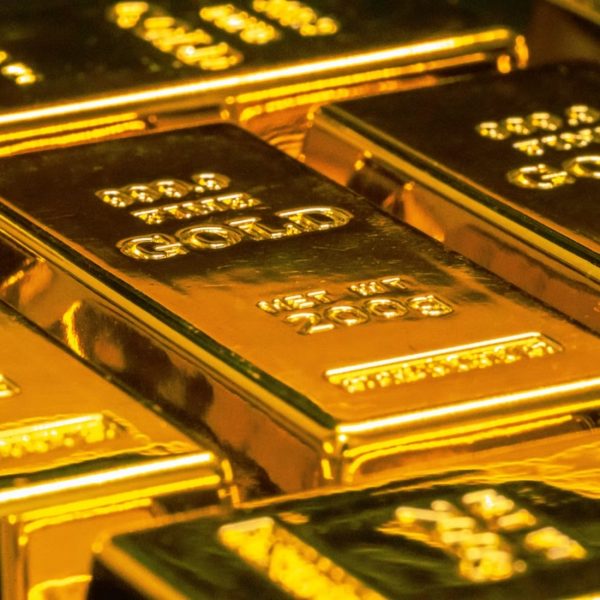
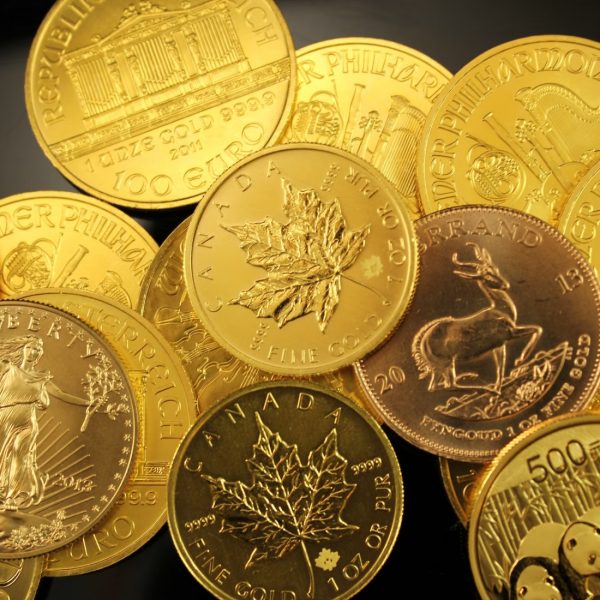
Live Gold Spot Price in Sterling. Gold is one of the densest of all metals. It is a good conductor of heat and electricity. It is also soft and the most malleable and ductile of the elements; an ounce (31.1 grams; gold is weighed in troy ounces) can be beaten out to 187 square feet (about 17 square metres) in extremely thin sheets called gold leaf.
Live Silver Spot Price in Sterling. Silver (Ag), chemical element, a white lustrous metal valued for its decorative beauty and electrical conductivity. Silver is located in Group 11 (Ib) and Period 5 of the periodic table, between copper (Period 4) and gold (Period 6), and its physical and chemical properties are intermediate between those two metals.